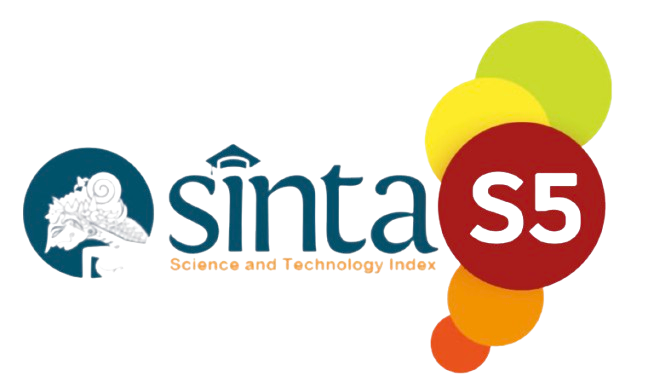The Relationship of Learning Motivation and Sentence Structure Mastery with Description Writing Ability
Keywords:
motivation, sentence structure mastery, writing abilityAbstract
This study aims to describe the relationship between learning motivation and the ability to write descriptions, mastery of sentence structure and writing skills, and the relationship between learning motivation and mastery of sentence structure and ability to write descriptions. The research method used in this study is correlational, a type of research designed to determine or describe the relationship between existing variables. This study describes the relationship between learning motivation (X1) and mastery of sentence structure (X2) with the ability to write descriptions (Y). The findings showed that learning motivation and mastery of sentence structure are the essential variables that need attention to improve the ability to write reports of students of class VIII SMP, especially class VIII students of SMP Negeri 4 Way Tuba. in general. Motivation to learn and mastery of sentence structure is the essential part that students must master to improve their ability to write descriptions. The ability to write reports can increase if students have high mastery of sentence structure. Both aspects need to be enhanced by the teacher in line with efforts to improve the ability to write descriptions of students in class VIII SMP Negeri 4 Way Tuba.
References
Abidin, Yunus. 2012. Pembelajaran Bahasa Berbasis Pendidikan Karakter. Bandung : PT. Refika Aditama.
Akhadiyah, Sabarti. (2000). Pembinaan Kemampuan Menulis Bahasa Indonesia. Jakarta : Erlangga.
Alwasilah, A. Chaedar dan Senny Suzanna Alwasilah. 2005. Pokoknya Menulis (Cara Baru Menulis dengan Metode Kolaborasi). Bandung: PT Kiblat BukuUtama.
Baltaci, S. (2016). Examination of Gifted Students' Probability Problem-Solving Process in Terms of Mathematical Thinking. Malaysian Online Journal of Educational Technology, 4(4), 18-35.
Baran, E., Correia, A. P., & Thompson, A. (2011). Transforming online teaching practice: Critical analysis of the literature on the roles and competencies of online teachers. Distance Education, 32(3), 421-439.
Blagojevic, B. (2016). Indirect communication as a language-game: Kierkegaard through a late-Wittgensteinian lens. AM Časopis za studije umetnosti i medija, (09), 24-32.
Fukuzawa, S., Boyd, C., & Cahn, J. (2017). Student motivation in response to problem-based learning. Collected Essays on Learning and Teaching, 10, 175-188.
Hastomo, T. (2016, January). The Effectiveness of Edmodo to teach writing viewed from students’ motivation. In Proceeding of International Conference on Teacher Training and Education (Vol. 1, No. 1).
Saddler, B., & Graham, S. (2005). The effects of peer-assisted sentence-combining instruction on the writing performance of more and less skilled young writers. Journal of educational psychology, 97(1), 43.
Santoso, Puji. (2007). Materi dan Pembelajaran Bahasa Indonesia SD. Jakarta: Universitas Terbuka.
Tarigan, Henry Guntur. 2008. Menulis sebagai Suatu Keterampilan Berbahasa. Bandung: Angkasa.
Uluyol, Ç., & Şahin, S. (2016). Elementary school teachers' ICT use in the classroom and their motivators for using ICT. British Journal of Educational Technology, 47(1), 65-75.














